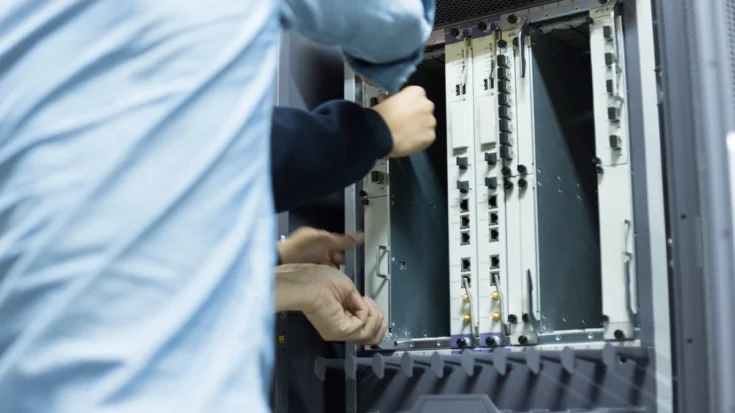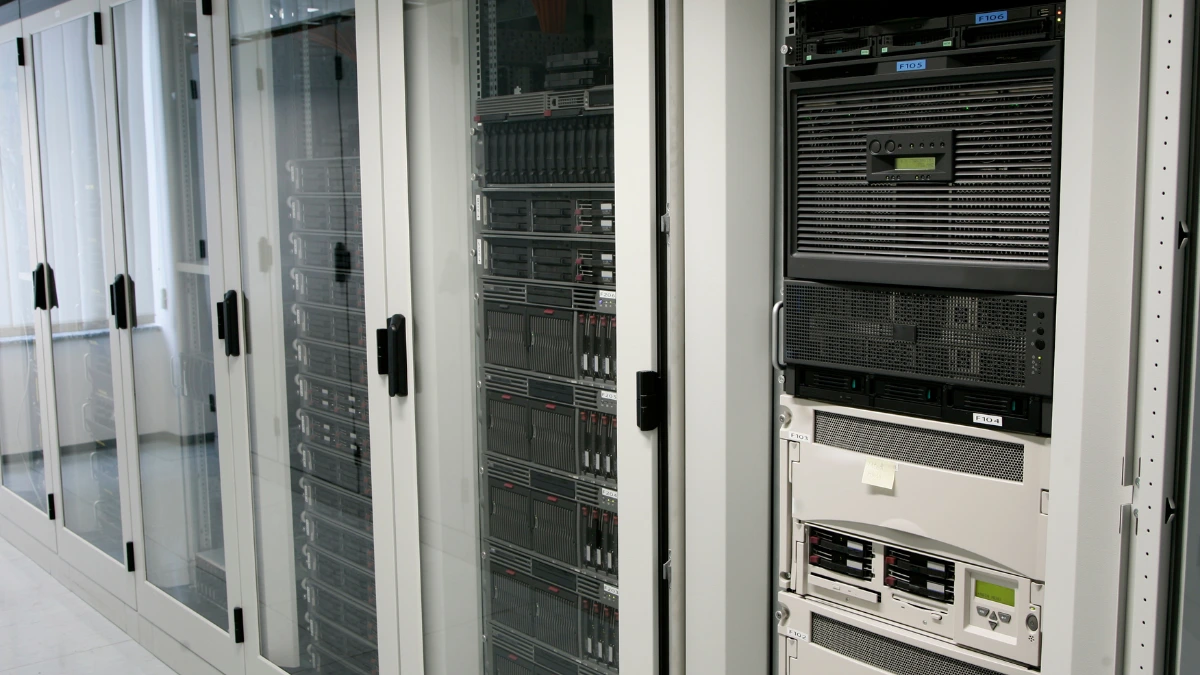Coarse Wavelength Division Multiplexing (CWDM) is emerging as a practical and cost-effective solution for increasing network capacity in the ever-growing field of optical communications.
As a variant of the broader Wavelength Division Multiplexing (WDM) technology, Coarse Wavelength Division Multiplexing has the ability to transmit multiple data signals simultaneously through a single optical fiber, utilizing the wider spacing between wavelengths of light.
This article will discuss Coarse Wavelength Division Multiplexing from the basic definition, a little information about its development, and the main advantages it offers, especially its cost-effectiveness and ease of implementation for short and medium distance applications.
Also Read
Table of Contents
What is Coarse Wavelength Division Multiplexing?
CWDM is a technology that allows the transmission of multiple data signals simultaneously through a single optical fiber. This is achieved by using different wavelengths of light and making it part of the Wavelength Division Multiplexing (WDM) technique. CWDM is a variation of WDM that uses a wider wavelength range that is suitable for short-distance transmission.
The Development of CWDM Technology

The development of Coarse Wavelength Division Multiplexing (CWDM) technology focuses on increasing the capacity of fiber optic networks by combining multiple optical signals with different wavelengths in one fiber.
The “coarse” in CWDM indicates that the spacing between the wavelengths of light used is wider compared to other technologies such as Dense Wavelength Division Multiplexing (DWDM). CWDM also offers a more cost-effective and flexible solution than DWDM, especially for short to medium distance networks.
The Advantages of Coarse Wavelength Division Multiplexing
The main advantages of Coarse Wavelength Division Multiplexing (CWDM) include lower cost compared to DWDM, flexibility in designing the network topology, and ease of installation and maintenance. Here are some of the main advantages of CWDM:
1. Cost-effective
One of the main advantages of CWDM is its cost-effectiveness. CWDM systems are generally more cost-effective than DWDM, especially for networks with moderate bandwidth requirements. The wider wavelength spacing in CWDM enables simpler and cheaper transceiver designs.
2. Network flexibility
Network flexibility is another advantage of CWDM. It allows the use of multiple wavelengths of light, providing flexibility in designing network topologies and increasing adaptability to evolving network requirements.
3. Increased network capacity

CWDM also increases network capacity. CWDM can support up to 18 data channels over a single optical fiber, thus increasing network capacity significantly without the need for additional fiber optic cables.
4. Easy installation and maintenance
CWDM offers easy installation and maintenance, thus making it a popular choice for various fiber-optic network applications.
5. Compatibility with various signal types
Another advantage of CWDM is its compatibility with different types of signals. It allows the transmission of different signals such as image, data, and voice in the same optical fiber without interfering with each other.
Those are the definition, the development, the advantages of a Coarse Wavelength Division Multiplexing that you need to know. Another thing to note is that DWDM on the market must pass the certification test from the Directorate General of Digital Infrastructure (DJID).
With DJID certification, users can feel calm about using CWDM technology whose quality and security are guaranteed. For manufacturers or importers of CWDM technology, obtaining certification from DJID is a mandatory step before the device can be officially marketed in Indonesia.
To simplify the certification process, you can use Type Approval Certification Services for ICT Products are available to assist with this process as a reliable solution.

















